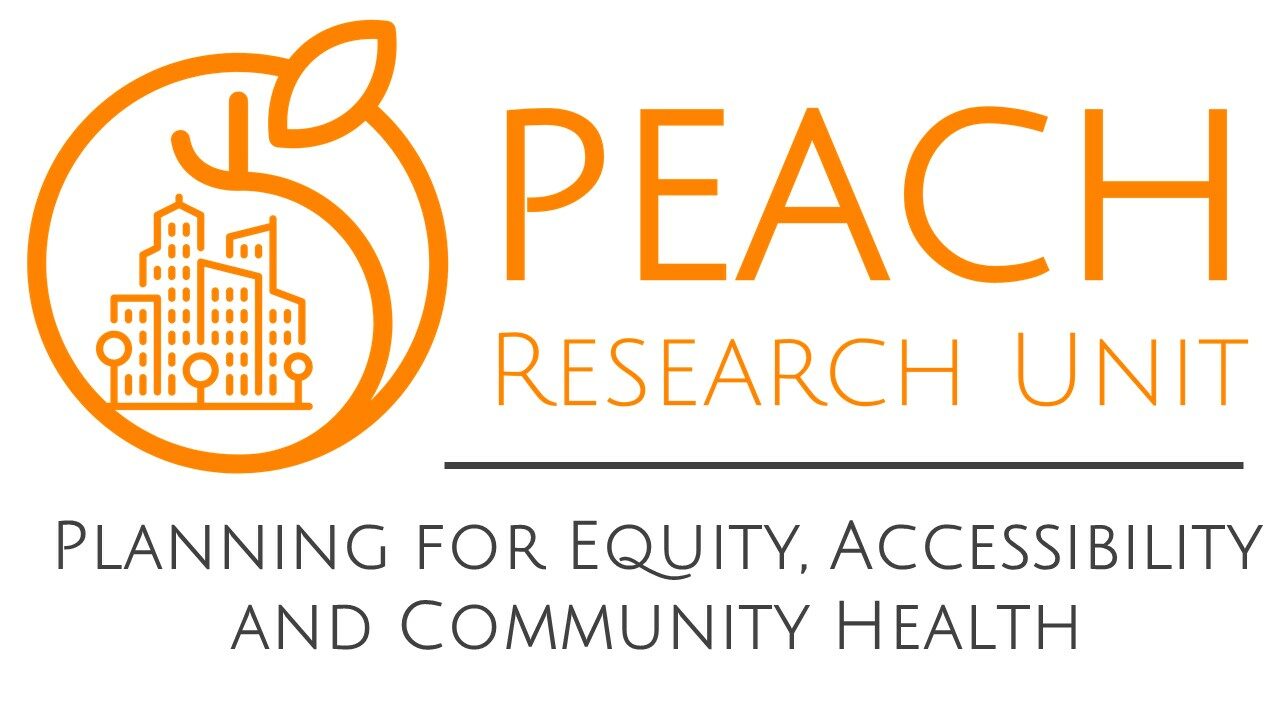A three-part series looking at looking at accessible housing in Canada and Nova Scotia (3/3)

For Nova Scotians with disabilities, gaining access to housing that is accessible and allows for an appropriate level of independence has long been met with challenges. While many Canadian provinces were in the process of deinstitutionalization (e.g., moving those with disabilities into community living arrangements) by the early 2000s, Nova Scotia continued to house a significant share of its disabled residents in institutional settings. In an attempt to rectify this situation, the Province put together a plan in 2013. Importantly, this “roadmap” included a commitment to deinstitutionalize the roughly 1,100 individuals living in institutional settings at the time through the expansion of community-based housing options and supports by 2023.
Now that 2023 is here and the country is in the middle of the 10-year long National Housing Strategy (NHS), it is as good a time as ever to look at how the accessible housing landscape in Nova Scotia has changed.
In its 2021 progress reporting on the Province’s commitment to deinstitutionalization, Nova Scotia’s Disability Rights Coalition identified a number of concerning findings. While the number of Nova Scotians with disabilities housed in institutional settings saw a modest decline to an estimated 900, it was found that no institutional facilities had yet to be closed. Further, it was found that the Province’s Disability Support Program waitlists for community-based housing options and/or supports had increased by 74% since 2013, which, it was argued, was indicative of the Province’s continued failure to implement strategies and investments that aim to better include individuals with disabilities in communities.

Naturally, the question arises of how Nova Scotia plans to meet the housing needs of its residents living with disabilities. Through Housing Nova Scotia (HNS) – the provincial agency responsible for providing Nova Scotians in need with affordable housing solutions – several smaller-scale programs are in place to provide individuals with disabilities and seniors with funds to modify their homes to meet changing needs. Larger-scale HNS programs whose primary aims are to build new affordable housing units are also concerned (though less directly) with addressing the Province’s the need for accessible housing. For projects funded through these programs, developers have the option of either (a) providing 1 in 20 barrier-free units, or (b) having all units comply with Nova Scotia Building Code adaptable housing requirements. Notably, there is currently no available data on the number of accessible units that have benefited/been built as a result of these HNS programs.
Housing Nova Scotia also manages the delivery of three programs affiliated with the NHS through bilateral cost-sharing programs with the federal government: the Nova Scotia Priorities Initiative, the Federal Community Housing Initiative, and the Canada-Nova Scotia Targeted Housing Benefit. In delivering these programs, HNS is required to create an action plan outlining housing targets set through consultation with the federal government will be met and report on progress every six months. In its most recent action plan, HNS does state that increasing the supply of accessible housing that is affordable is a priority, noting the high percentage of Nova Scotians living with a disability and the Province’s aging demographics. However, in terms of targets for accessible units, HNS’ action plan aims to build just 10 new accessible units for the 2022/23 year, and 90 by 2027/28.
Additionally, in its framing of accessible housing that is affordable as a need in Nova Scotia, it is important to note that the action plan makes no reference to the need to find suitable community-based options for the roughly 900 individuals currently housed in institutional settings, nor for the roughly 1,900 individuals currently on Disability Support Program waitlists. Further, there is no explanation for how the target of 90 newly constructed accessible units by 2027/28 was set, nor for whether this target remains appropriate.

How little housing outcomes have improved for Nova Scotians with disabilities since the Province’s commitment to deinstitutionalization and the operationalization of the NHS is extremely concerning, and highlights the urgent need for significant change at both the National and Provincial level.
In Nova Scotia, the development of a strategic action plan focused solely on addressing accessible housing need could be highly beneficial. At its core, this plan could focus on finding suitable housing accommodations for those living in institutional settings and on Disability Support Program waitlists, as well as on addressing the need to increase the stock of accessible housing units as the provincial population continues to age. Having HNS and the Department of Community Services (who administers the Disability Support Program) collaborate on the creation and implementation of such a plan would be crucial for the plans’ success, as both agencies have mutual interest and responsibility in meeting the Province’s accessible housing needs.
As this blog series has shown, there is still much work to be done in both Canada and Nova Scotia in the area of accessible housing. While various policies and programs have been launched to address the need for more accessible housing units, the targets that have been set (and means to achieve these targets) appear to be insufficient to adequately address current needs. Whether it is re-calibrating or hitting the reset button entirely, it is clear that the National Housing Strategy and provincial programs in Nova Scotia need to be overhauled if we are going to have any chance of improving housing outcomes for Canadians with disabilities on a large scale.
Further Reading
The Nova Scotia Joint Community-Government Advisory Committee on Transforming the Services to Persons with Disabilities Program. (2013). Choice, Equality and Good Lives in Inclusive Communities: A Roadmap for Transforming the Nova Scotia Services to Persons with Disabilities Program. https://novascotia.ca/coms/transformation/docs/Choice_Equality_and_Good_Lives_in_Inclusive_Communities.pdf
Disability Rights Coalition. (2021). Call to Action: The Road to Inclusion and Equality for People with Disabilities—Government Accountability on the Roadmap Choice, Quality and Good Lives in Inclusive Communities. Disability Rights Coalition. https://www.disabilityrightscoalitionns.ca/wp-content/uploads/2021/07/Disability-Rights-Road-to-Inclusion-2023-FINAL-REPORT.pdf
HNS. (2022). 2022—2023 Action Plan. Housing Nova Scotia. https://housing.novascotia.ca/sites/default/files/22-51891%20-%20HNS%20202223%20Action%20Plan-Accessible-English-final.pdf
Office of the Fire Marshal. (2019). Adaptable Housing: Nova Scotia Building Code. Government of Nova Scotia. https://www.thespine.ca/wp-content/uploads/2019/07/adaptable-housing.pdf

About the Author
John Gamey (MPlan) graduated from Dalhousie University’s Master of Planning program in May 2023. This blog series outlines some of the research he conducted in the area of accessible housing in Canada and Nova Scotia under the supervision of Dr. Mikiko Terashima.
